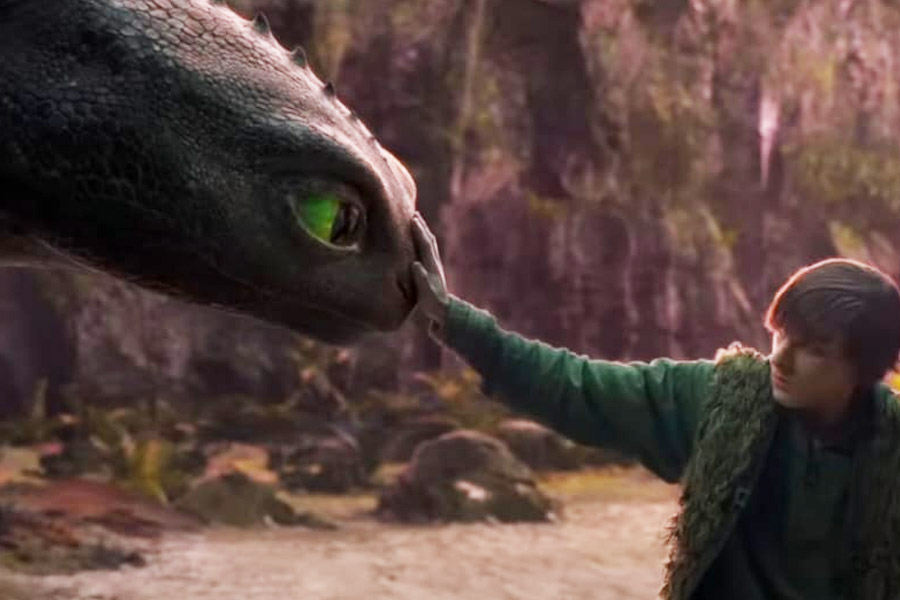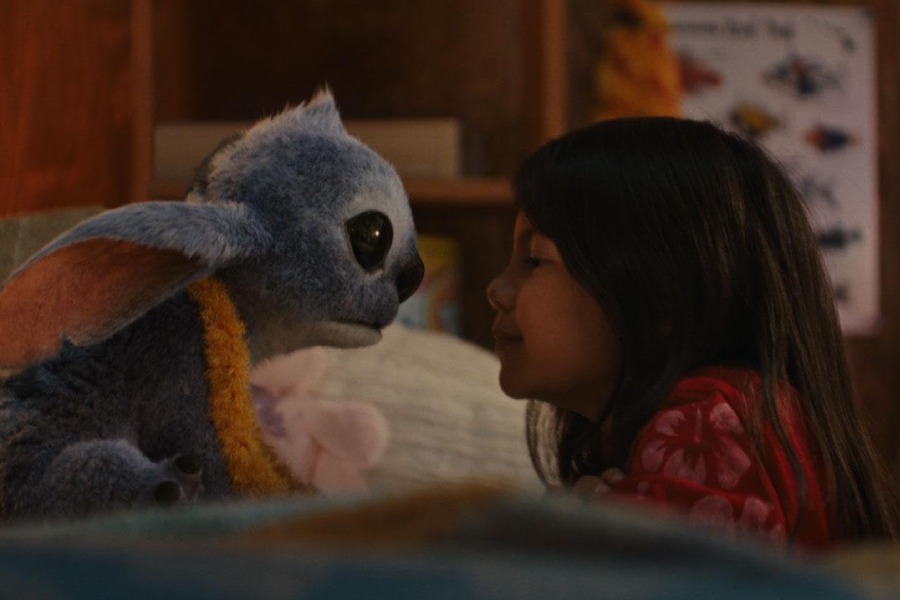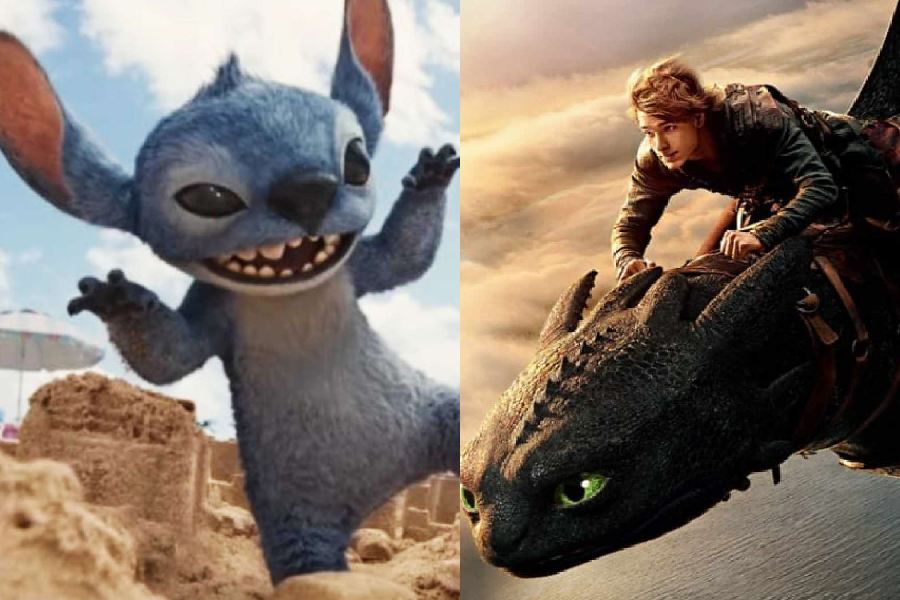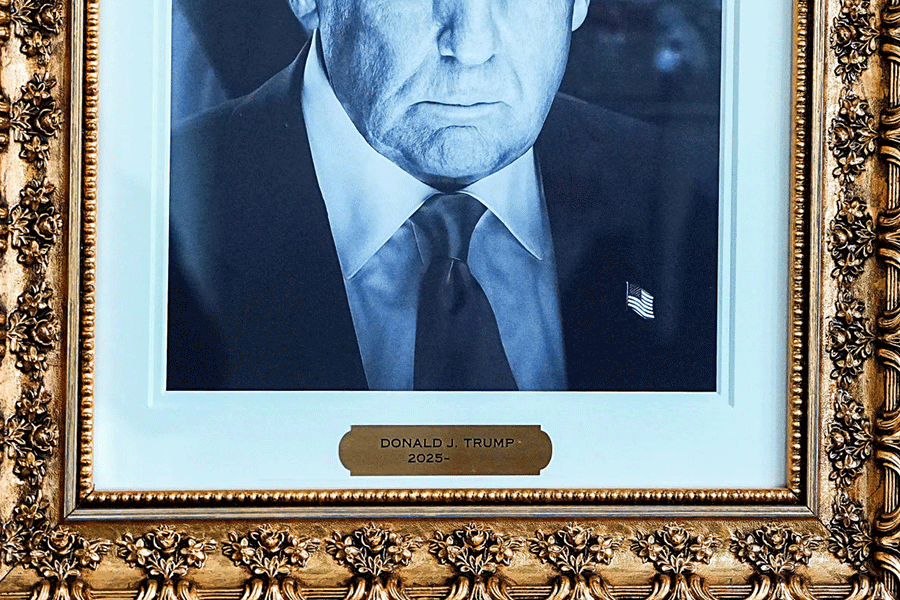Live-action remakes have long been accused of being creatively bankrupt, nostalgia-fueled cash grabs — shiny on the outside, but hollow within. Whether it was the lack of a cohesive narrative in Dumbo (2019), the lacklustre visual effects of The Little Mermaid (2023) or the disjointed controversy surrounding Snow White earlier this year, these remakes have largely been viewed as expensive exercises in brand nostalgia, lacking the soul of their source material.
But two recent films — How to Train Your Dragon and Lilo & Stitch — are showing that live-action reimaginings can have heart, purpose, and cinematic value. They remind us that the question isn’t should we remake classics — but why. Not every beloved tale needs a new coat of paint. But if it’s going to happen, there has to be a reason beyond IP exploitation.
How to Train Your Dragon

IMDb
Dean DeBlois’ live-action How to Train Your Dragon could have easily been a soulless shot-for-shot recreation. In many ways, it is — the narrative is nearly identical, and much of the dialogue is directly lifted from the 2010 film. But it’s what surrounds the story that makes all the difference.
For starters, the setting. Filmed in Northern Ireland, the landscape gives Berk a visceral realism the animated trilogy could only suggest. Sweeping over jagged cliffs and stormy coastlines, the film doesn’t just look good — it feels real. The emotional appeal also elevates the film, specially the central relationship between Hiccup and his dragon Toothless. When the two lock eyes, the emotional resonance hits just as hard as it did fifteen years ago.
Casting also matters. Mason Thames plays Hiccup with just enough awkwardness and sincerity to sell the character’s transformation from meek tinkerer to empathetic bridge-builder. And Gerard Butler, who voiced Stoick in the animated version, now fully embodies the burly Viking chieftain. His physical presence adds weight to the father-son dynamic, already a cornerstone of the original trilogy.
John Powell’s score returns too, lending the film a layer of familiarity. But nothing feels lazy or recycled. DeBlois doesn’t attempt to reinvent the wheel. Instead, he reaffirms it. No wonder that How To Train Your Dragon is soaring at the box office with a projected opening of USD 200 million globally over the weekend.
Lilo & Stitch

IMDb
If How to Train Your Dragon soars on spectacle, Lilo & Stitch thrives in the intimacy of its emotion. The 2025 live-action version, directed by Dean Fleischer Camp, doesn’t aim to outshine the quirky 2002 original. Instead, it gently reimagines it for a new generation, adding depth and warmth without losing its oddball charm.
What made the original Lilo & Stitch special wasn’t its sci-fi plot or Elvis-heavy soundtrack. It was the aching tenderness at its core — the story of two sisters grieving their parents, trying to hold onto each other as the world threatens to pull them apart. That delicate emotional center remains intact here, and in some ways, it’s even more pronounced.
Sydney Elizebeth Agudong’s Nani is a revelation. No longer just the worried big sister, she’s fleshed out as a young woman with dreams, responsibilities, and quiet frustrations. Her bond with Lilo (played by the delightful Maia Kealoha) feels raw and real. Their arguments sting. Their hugs heal.
The film also leans into themes that were only subtly present in the original. Lilo’s social struggles are handled with nuance. She remains a complicated, imaginative child trying to make sense of a chaotic world. And Stitch, voiced again by Chris Sanders, is just as mischievous and oddly lovable — even with a more realistic CGI redesign.
What’s remarkable is how the film stays true to the spirit of “ohana” — family, chosen or otherwise. It comes as no surprise that Lilo & Stitch has been able to pull in the audience to the theatres, amassing over USD 850 million at the worldwide box office.











